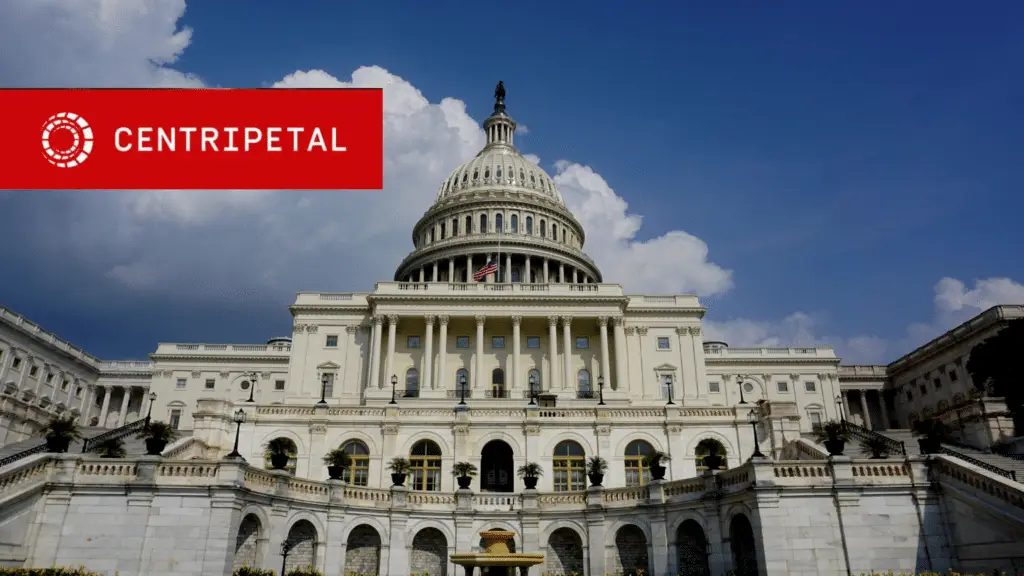The federal government has demonstrated an ongoing commitment to its cybersecurity posture, allocating an estimated $18.78 billion for cybersecurity spending in 2021. But the decentralized nature of the U.S. government means that federal government cybersecurity efforts have to span more than 100 different agencies. What’s more, the growing cybersecurity skills gap has left the government with a lack of skilled professionals, challenged with keeping up with cyber threats that are constantly increasing in frequency and complexity. In the wake of a major U.S government data breach in 2020, it’s clear that the federal government needs better visibility over cyber threats.
At the federal government level, data is scattered across multiple departments, agencies, and contractors. In addition to its decentralized nature, governments are increasingly allowing users to work remotely – particularly following the COVID-19 pandemic – triggering a huge growth in endpoints that need to be secured. With over 300,000 Department of Defense contractors now affected by the CMMC framework, regulatory compliance across vast government systems is also a major challenge.
As well as the need for more efficient coordination and protection within dispersed networks, Harvard’s ‘Understanding Federal Cybersecurity’ report identified a significant “shortage in skilled cybersecurity-minded talent” within the federal government, with many government cybersecurity specialists leaving their jobs in favor of private sector roles. This cybersecurity skills gap – which affects industries of all sizes – limits cyber recruitment, training, and intelligence sharing within the government. A 2020 study found that over half of state and federal security professionals said that cybersecurity practices are not clearly defined, and the majority agreed that the effectiveness in preventing and detecting cyberattacks is low.
In 2019, the U.S government accounted for 5.6% of data breaches and 2.1% of all exposed records, making cybersecurity one of their biggest concerns. Advanced cybersecurity technology has been on the market for years, yet the U.S government often opts to focus resources on detection rather than defense. Despite this, the federal government’s detection technology, Einstein, failed to detect a major U.S government cyberattack in 2020, leading to data breaches targeting SolarWinds, Microsoft, VMware, and a number of other firms. The sophisticated nature of this attack demonstrated that nation-state actors, criminal organizations, and hacktivists with the resources to continually attempt and improve intrusion methods will likely succeed.
In 2021, White House leaders called for a comprehensive cybersecurity overhaul to better protect critical infrastructure and data in response to the SolarWinds attack. To maintain a comprehensive cybersecurity strategy, government agencies need total visibility and control and a validated, zero-trust architecture that does not overwhelm and distract employees from mission-critical government operations. To achieve this, quality threat intelligence is a necessity: only 29% of federal workers and 21% of state and local workers feel that their organization’s collection and use of actionable intelligence from other sources are effective in predicting malicious activities.
At Centripetal, we know how vital cyber threat intelligence is in shielding the federal government against escalating attacks. Our founder Steven Rogers’s experience working within the Department of Defense led him to develop CleanINTERNET, a solution that aggregates over 3,500 cyber threat intelligence feeds, shielding ‘all risk’ threats automatically and providing constant threat hunting on your behalf. This enhances overall threat visibility, saving millions of dollars on purchasing separate threat feeds and helping to mitigate the risk of non-compliance. By acting as an extension of our customers’ security teams, we bridge the cybersecurity skills gap and ease the burden on security professionals, enabling dynamic, effortless cyber threat intelligence for government bodies of all sizes.
